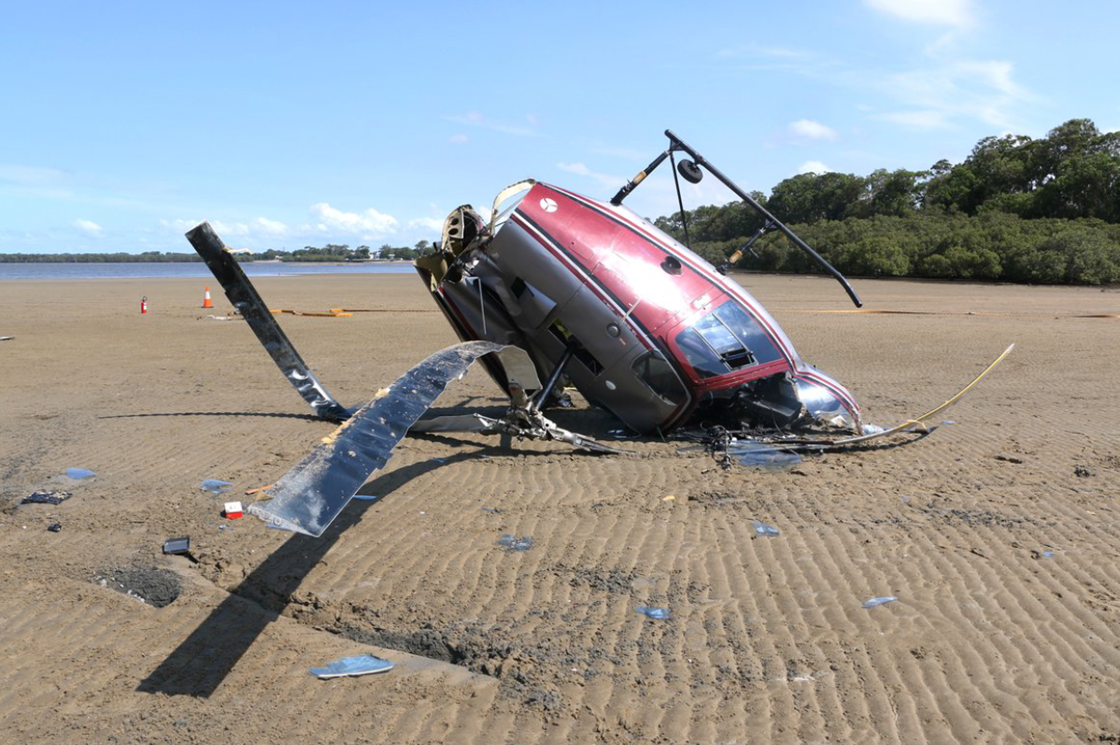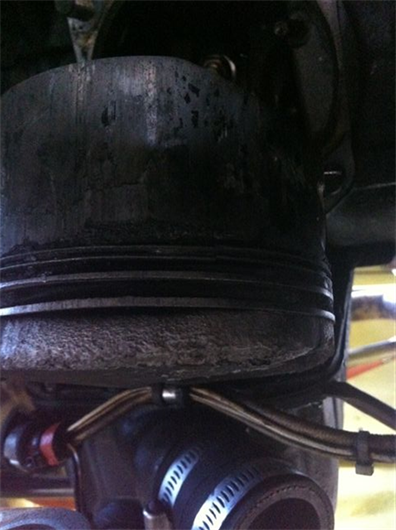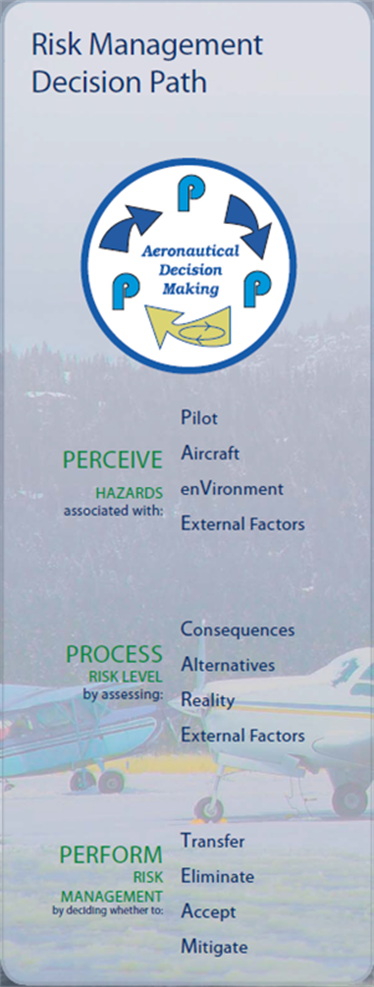What happened
On 28 February 2015, at about 1232 Eastern Standard Time (EST), an Enstrom 280 helicopter, registered VH-YHD (YHD), departed from Caloundra Airport, for a flight to Redcliffe Airport, Queensland, with the pilot, who was the only person on board.
After about half an hour, the pilot commenced a descent from 1,500 ft above ground level (AGL). The pilot then broadcast on the Redcliffe common traffic advisory frequency (CTAF) that YHD would join the Redcliffe circuit in about 6 minutes and navigated along the coastline toward Redcliffe.
At about 1,000 ft AGL, the pilot heard a bang and the engine stopped. This caused the helicopter to yaw to the left violently. The pilot then attempted to restart the engine but was unsuccessful. At about 800 ft AGL, the helicopter entered autorotation[1] and the pilot prepared to land on the beach. The pilot observed people swimming in the sea and manoeuvred the helicopter to an area where there were no people. The pilot arrested the descent and the skids contacted the sand. The helicopter continued to move forward along the sand, and then a few seconds later the helicopter blades impacted the sand, and the helicopter rolled over. The pilot received minor injuries and the helicopter was destroyed (Figure 1).
Figure 1: Accident site showing the damage to VH-YHD

Source: Queensland police
Witness
A witness to the accident reported that the helicopter was first sighted at about 100 m above the ground, descending and approaching from the north. The only noise was from the rotor blades, with no engine sound. The witness reported that the wind was quite strong coming from the east. A stronger easterly gust came when the helicopter was close to the ground. The helicopter landed and continued to move forward, but then flipped upside down and the rotor blades contacted the sand. The helicopter came to rest about 150 m from where the witness was located. A passer-by assisted the pilot to exit the helicopter.
Pilot comment
The pilot provided the following comments:
- This was the first flight after the completion of the periodic (100 hourly or 12-month) maintenance inspection.
- The helicopter operated normally during the engine run-up checks and the flight, up to the engine failure.
- The pilot commented not to delay in lowering the collective[2] and setting the airspeed as everything happened very quickly after the engine failed and the pilot instinctively conducted an autorotation.
- The landing was smooth with no bump.
- The weather was fine with a slight breeze from the north-east and the wind speed at Caloundra was about 10 kt.
- Rather than fly direct to Redcliff airport the pilot had selected to fly along the shoreline. If YHD had flown direct to Redcliff then the engine may have failed over Deception Bay and YHD may have landed in the water.
- The pilot stated that the number of flight hours experience on the helicopter type was about 60, with about eight flight hours on the type in the 90 days prior.
Helicopter maintenance
The helicopter engine was overhauled and installed in YHD in April 2006. At the time of the accident, the engine had completed about 146 hours since overhaul. The periodic (100 hourly or 12-month) maintenance inspection included overhaul of the engine magneto.
Maintenance organisation investigation
The maintenance organisation inspected the engine externally and removed the number three cylinder. They determined that the damage found to the number three cylinder and piston (Figure 2) was consistent with detonation. Extreme heat from uncontrolled burning of the combustion gases resulted in melting of the cylinder between the spark plug hole and the exhaust valve seat. This melting damaged the piston to an extent that the combustion gases would blow past the piston rings. The maintenance organisation did not remove the other cylinders.
The maintenance organisation also removed the engine magneto and fuel control unit. Both units were examined at a component overhaul facility. The examination of the magneto found no defects. The examination of the fuel control unit found that it was functioning normally and was set to a lean position, although this position could not be validated due to disruption during the accident.
Figure 2: Damage to number three cylinder and piston


Source: Aircraft maintenance organisation
ATSB comment
In 2007, the ATSB published an aviation safety research and analysis report, Aircraft Reciprocating-Engine Failure An Analysis of Failure in a Complex Engineered System B2007/0191. The safety study discussed detonation in more detail including the examination of the factors that contribute to detonation free - operation (normal combustion) and the factors that contribute to detonation.
Safety message
When planning a particular flight it is important for pilots to consider options and risk. In this accident, the pilot opted to follow the coastline, allowing for the option to land on the beach. The pilot in the pre-flight planning identified the hazard (flying over water) and although the likelihood of an engine failure was low, the consequences were high and made the decision to follow the coastline to mitigate the risk. If the pilot had selected the option to fly the most direct path then the engine would have failed over the water.
The US Federal Aviation Administration (FAA) has published information on risk management in a Risk Management Handbook (FAA-H-8083-2). They have also published a guide Tips for Teaching Practical Risk Management and Practical Risk Management for local VFR Flying. The guide contains the Perceive-Process-Perform model that offers a structured way to manage risk for local visual flight rules flying (Figure 3).
Figure 3: Risk Management Decision Path: Perceive-Process-Perform

Source: US Federal Aviation Administration
Aviation Short Investigations Bulletin Issue 44
Purpose of safety investigationsThe objective of a safety investigation is to enhance transport safety. This is done through:
It is not a function of the ATSB to apportion blame or provide a means for determining liability. At the same time, an investigation report must include factual material of sufficient weight to support the analysis and findings. At all times the ATSB endeavours to balance the use of material that could imply adverse comment with the need to properly explain what happened, and why, in a fair and unbiased manner. The ATSB does not investigate for the purpose of taking administrative, regulatory or criminal action. TerminologyAn explanation of terminology used in ATSB investigation reports is available here. This includes terms such as occurrence, contributing factor, other factor that increased risk, and safety issue. Publishing informationReleased in accordance with section 25 of the Transport Safety Investigation Act 2003 Published by: Australian Transport Safety Bureau © Commonwealth of Australia 2015
Ownership of intellectual property rights in this publication Unless otherwise noted, copyright (and any other intellectual property rights, if any) in this report publication is owned by the Commonwealth of Australia. Creative Commons licence With the exception of the Coat of Arms, ATSB logo, and photos and graphics in which a third party holds copyright, this publication is licensed under a Creative Commons Attribution 3.0 Australia licence. Creative Commons Attribution 3.0 Australia Licence is a standard form licence agreement that allows you to copy, distribute, transmit and adapt this publication provided that you attribute the work. The ATSB’s preference is that you attribute this publication (and any material sourced from it) using the following wording: Source: Australian Transport Safety Bureau Copyright in material obtained from other agencies, private individuals or organisations, belongs to those agencies, individuals or organisations. Where you wish to use their material, you will need to contact them directly. |
__________
- Autorotation is a condition of descending flight where, following engine failure or deliberate disengagement, the rotor blades are driven solely by aerodynamic forces resulting from rate of descent airflow through the rotor. The rate of descent is determined mainly by airspeed.
- Collective is the primary helicopter flight control that simultaneously affects the pitch of all blades of the lifting rotor. Collective input is the main control for vertical velocity.


